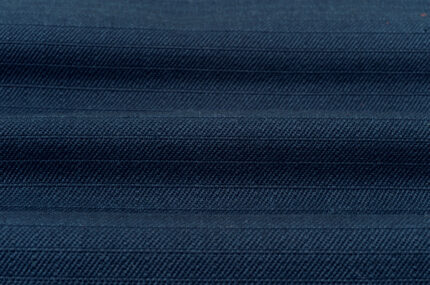- TENSILE STRENGTH
-The outer material must be analysed in accordance with EN ISO 13934-1 for woven textiles or Method 1 of EN ISO 1421 for coated textiles, both of which provide for a break ≥ 450N in both directions.
-The main seams will be analysed according to EN ISO 13935-2 with a maximum breaking force of ≥ 225 N.
- TEAR RESISTANCE
-The outer material should offer ≥ 25N tear resistance. Uncoated fabrics must be manufactured in accordance with EN ISO 13937-2 and coated fabrics in accordance with Method B of EN ISO 4674-1.
- ABRASION RESISTANCE
-According to EN ISO 12947-2 at 12 kPa with a merino wool abrasive. The outer material should reach a minimum of 20000 cycles, with the end point being two broken wires.
- WET THE SURFACE (OPTIONAL)
-If the manufacturer declares this parameter, the outer material will be analysed in accordance with EN ISO 4920 at 20 ºC obtaining a spray index ≥ 4 reporting the lowest individual value.
-This test should be performed even if the garment has a moisture barrier.
- ANTI-STATIC PROPERTIES (OPTIONAL)
-You must comply with EN 1149-5 if necessary, by performing a full assessment on a full garment.
- DIMENSIONAL CHANGE
-It must not exceed 3% in length or width according to ±according to EN ISO 5077. In the case of knitted fabrics, the limit is ± 5%.
-In the case of a set of materials, the combination must be analyzed.
- RESISTANCE TO WATER VAPOR
-Selon la norme EN ISO 11092.
-Requis ≤ 20 m2 Pa/W
-Visibility materials and moisture barriers are excluded from this requirement.
8.RESISTANCE TO PENETRATION OF BLOOD-BORNE PATHOGENS
-Selon la norme ISO 16604.
- Requirement 0 plates on the detection plates after exposure to procedure A or B after the specific pretreatment for this test.
- VISIBILITY
-According to EN 20471 class 2.
- BURST STRENGTH
– Selon EN ISO 13938-1 or EN ISO 13938-2
-Requirement: 100 kPa for a 50 cm2 test area or 200 kPa for a 7.3 cm2 test area


